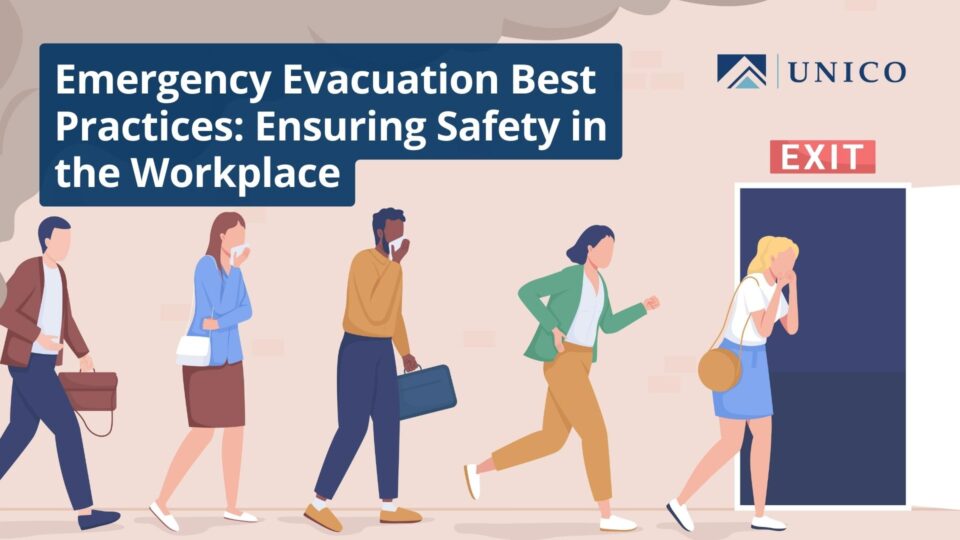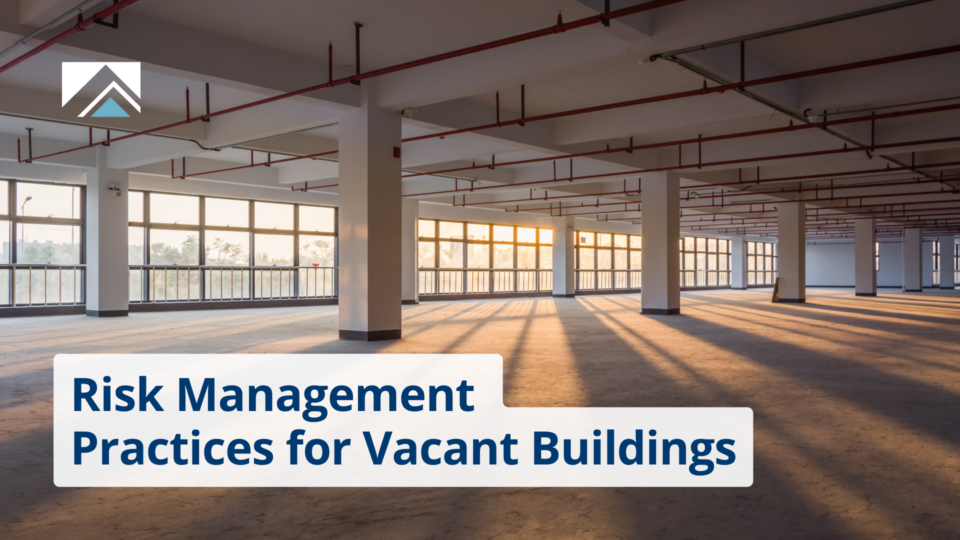In any workplace, emergencies can occur unexpectedly, posing a threat to the safety and well-being of employees. When faced with such situations, having a well-prepared emergency evacuation plan is essential to ensure a smooth and successful evacuation. By familiarizing yourself with the best practices outlined below, you can be better equipped to handle emergencies and protect yourself and your colleagues.
Before an Emergency: Be Prepared
- Know the Emergency Evacuation Plan: Take the time to familiarize yourself with your workplace’s emergency evacuation plan. Understand the designated evacuation pathways and the locations of at least two exits. This knowledge will prove invaluable during an emergency, enabling you to exit the area swiftly and efficiently.
- Recognize Signaling Methods: It is crucial to understand the signaling methods used in your workplace for fire and evacuation alarms. Take note of the locations of these safety alarms and learn how to operate them. If you come across any damaged or malfunctioning safety alarms or backup systems, report them to your supervisor immediately.
![AdobeStock_467124248 [Converted]-01 AdobeStock_467124248 [Converted]-01](https://unicogroup.com/wp-content/uploads/2023/10/AdobeStock_467124248-Converted-01-600x400.png)
In the Event of an Emergency: Stay Clam and Follow Protocol
1. Exit Quickly and Orderly
When an emergency occurs, it is essential to leave the area promptly and in an orderly fashion. Follow your workplace’s emergency evacuation plan, which should outline the necessary steps to take during various emergency scenarios. As you evacuate, listen carefully for any additional instructions issued over the building’s public address system.
2. Report to the Designated Meeting Place
Once you have safely exited the building, proceed to the designated meeting place. This location serves as a gathering point where employees can be accounted for and further instructions can be provided by your supervisor or designated safety personnel. It is crucial to remain at the meeting place until you receive the all-clear signal from the authorities.
3. Do Not Reenter the Building
Under no circumstances should you reenter the building until it has been deemed safe to do so by the relevant authorities. Even if you believe the situation has been resolved, it is essential to wait for official confirmation before returning to the premises.
“During an emergency, it is vital to maintain composure and follow the established protocols. By exiting quickly and orderly, reporting to the designated meeting place, and refraining from reentering the building prematurely, you can ensure your safety and the safety of others.”

Jake Mahin, GSP
Safety and Loss Control Consultant
The information provided in this article is for informational purposes only and should not be considered as legal or insurance advice. Please consult with a qualified professional for guidance tailored to your specific situation.




